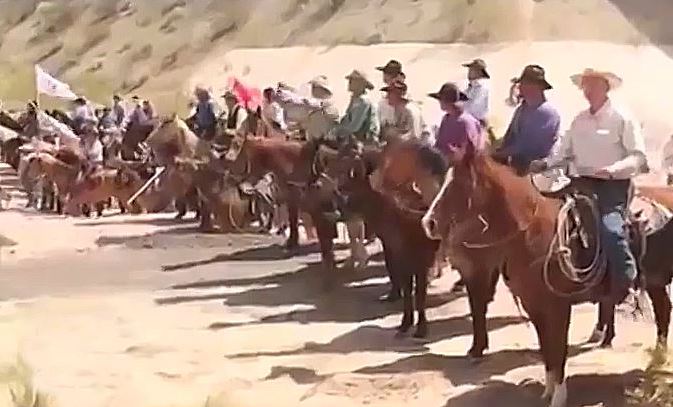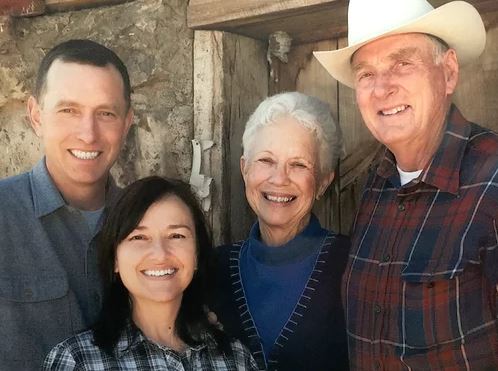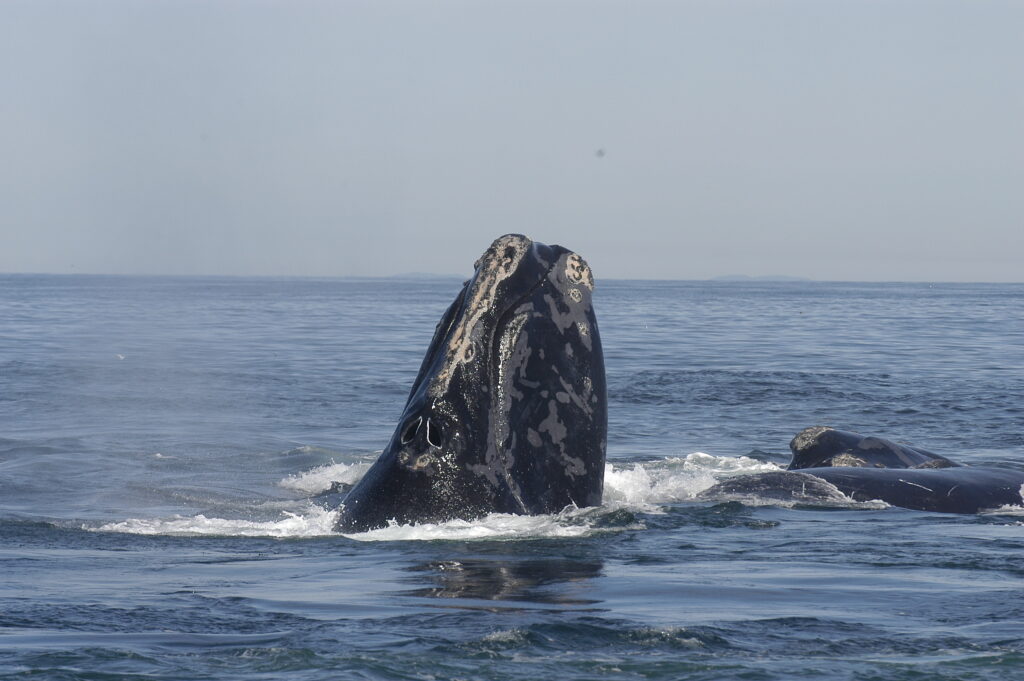Rachel Gabel
The Fence Post
Arizona rancher files suit alleging Antiquities Act abuse
Arizona rancher Chris Heaton of the Y-Cross Ranch has filed a suit in U.S. District Court against the Biden Administration claiming their abuse of the Antiquities Act to designate 1 million acres of land in Arizona as a national monument. Heaton owns his family’s 48,063-acre ranch, much of which is within the 917,618-acre Ancestral Footprints Monument.
Pacific Legal Foundation Attorney Frank Garrison said the purpose of the Antiquities Act is to protect sites such as Native American archeological sites, not “to give presidents unlimited power to declare vast swaths of land and sea out of bounds for productive use.”
The Antiquities Act of 1906 has been used by presidents of both parties as an instrument to preserve and protect critical natural, historical and scientific resources on federal lands. After signing it into law, President Roosevelt used the Antiquities Act 18 times to establish national monuments. Those first monuments included what are now known as Grand Canyon National Park, Petrified Forest National Park, Chaco Culture National Historical Park, Lassen Volcanic National Park, Tumacacori National Historical Park, and Olympic National Park. According to the Department of the Interior, since President Roosevelt, 16 U.S. presidents have used the act over 150 times to establish or expand national monuments. Congress may also pass legislation designating national monuments. Currently, the National Park Service manages 83 national monuments. The Bureau of Land Management administers 25 national monuments. And the U.S. Fish and Wildlife Service administers six national monuments.
According to the act, the president is to reserve “the smallest area compatible with the proper care and management of the objects to be protected.” Congress limited the president’s authority by requiring congressional authorization for extensions or establishment of monuments in Wyoming. Litigation led to the Wyoming statutory prohibition in 1950 after displeasure with President Franklin D. Roosevelt proclaimed Jackson Hole National Monument in 1943, which later became Grand Teton National Park.
EXCEEDING ‘OBJECTS’ DEFINITION
According to a release from the Pacific Legal Foundation, in creating the “Ancestral Footprints National Monument,” President Biden designated entire landscapes, species, plants, and many other “objects” that go well beyond the scope of the Antiquities Act. This loose definition of “object” is far beyond what the Antiquities Act permits. The million acres encompassed by the monument flouts the act’s limit on the size of such designations.
“When the Supreme Court declined to hear a previous case challenging a similarly excessive monument designation, Chief Justice Roberts sounded the alarm, noting that “[a] statute permitting the president in his sole discretion to designate as monuments ‘landmarks,’ ‘structures,’ and ‘objects’ — along with the smallest area of land compatible with their management — has been transformed into a power without any discernible limit to set aside vast and amorphous expanses of terrain above and below the sea.”




